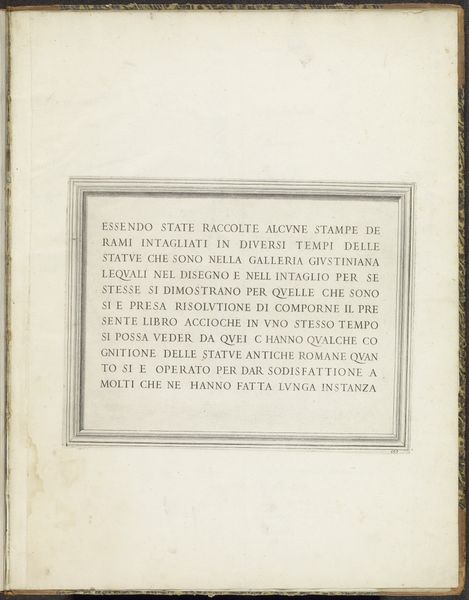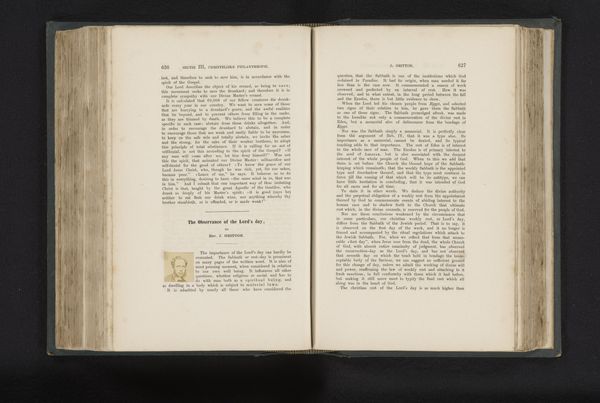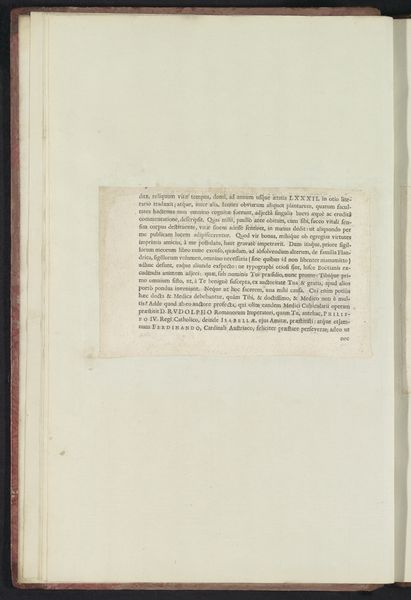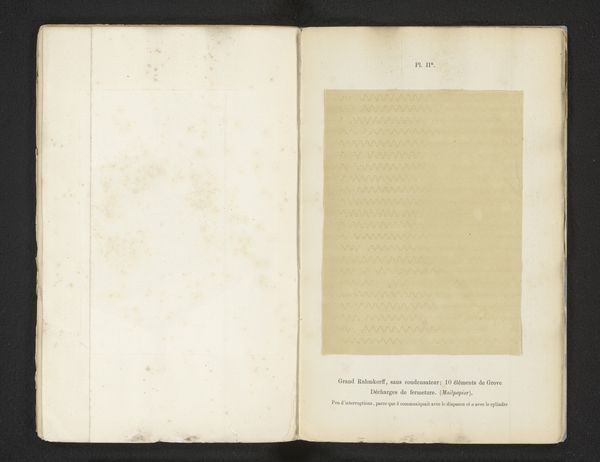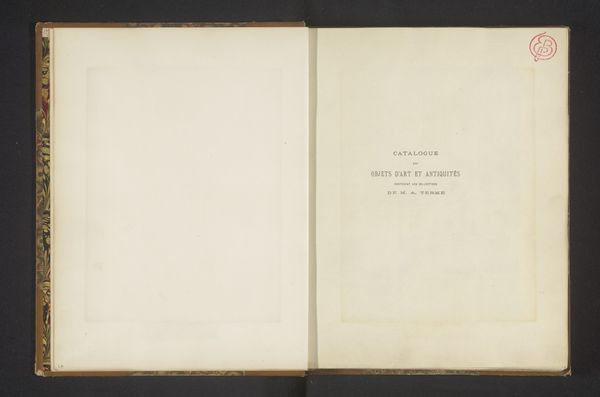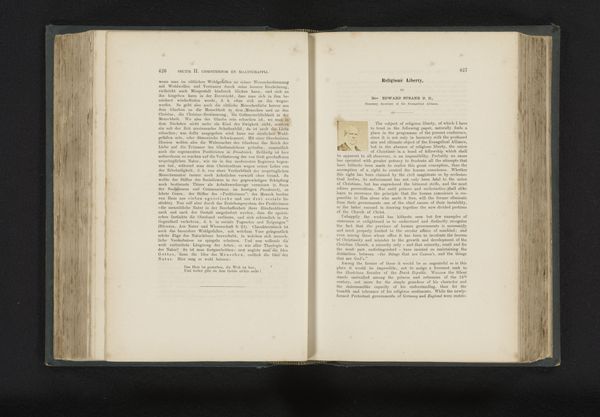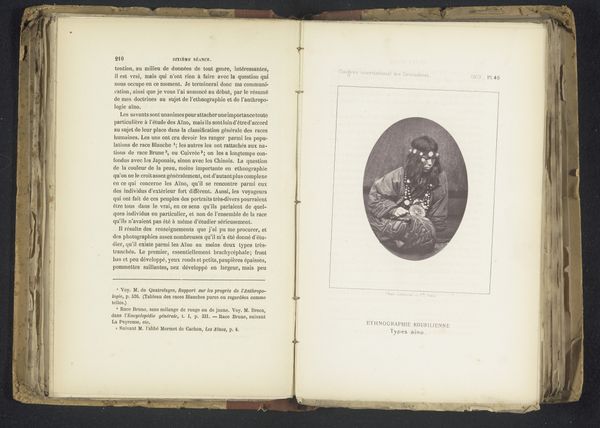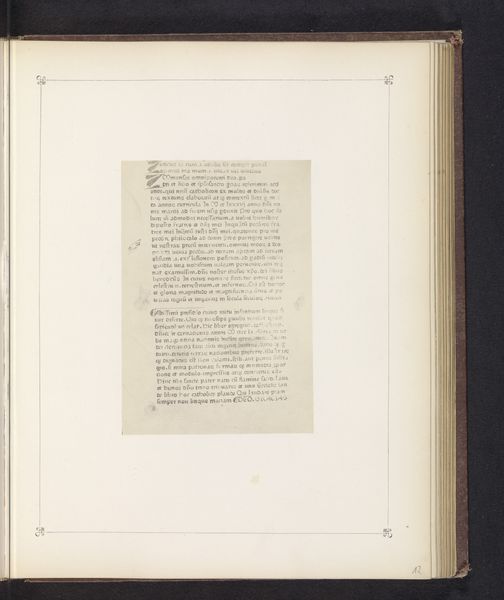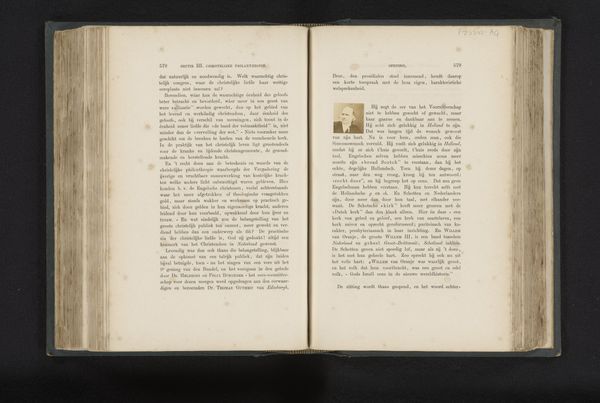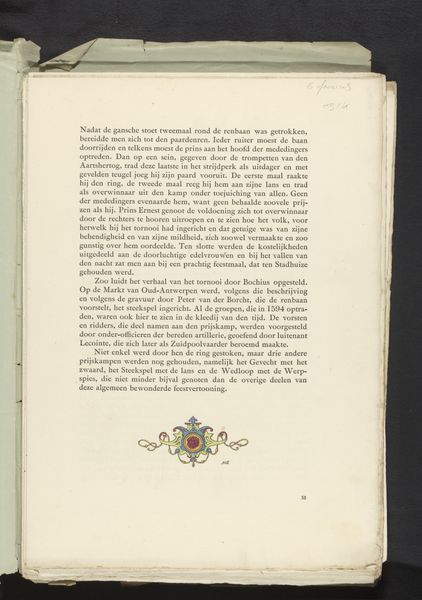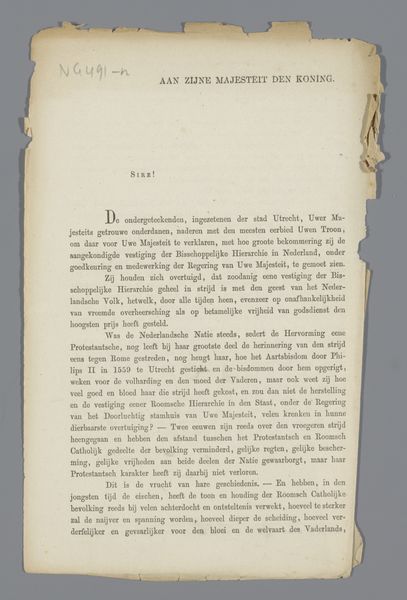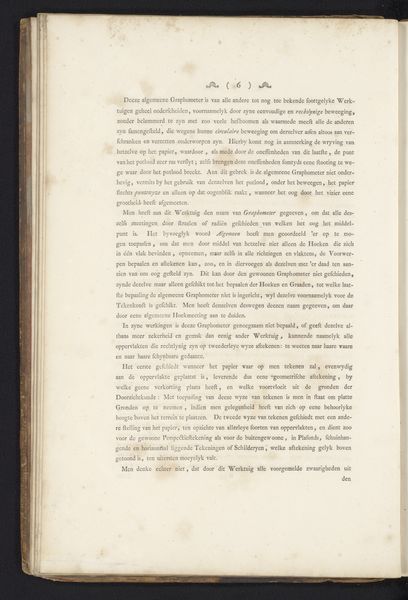
print, engraving
#
portrait
#
baroque
# print
#
text
#
coloured pencil
#
engraving
Dimensions: height 220 mm, width 284 mm
Copyright: Rijks Museum: Open Domain
Editor: So this is a stone relief with text by Johann Friedrich Greuter, made sometime between 1636 and 1647. The starkness of the text is grabbing me, but without knowing Italian, I feel a little lost. What are your initial thoughts looking at it? Curator: It’s fascinating how typography here acts as a form of portraiture. The text, framed and presented so formally, elevates words themselves into a representation of power and knowledge during the Baroque era. Consider who would have commissioned such a piece – likely someone from the elite class, using language, specifically classical language, as a way to assert cultural authority. Do you think the choice of Italian here plays a role? Editor: Absolutely. Italian, with its connections to the Roman Empire and the Renaissance, carries immense cultural weight. So, framing the text elevates it and links the commissioner to this lineage of power, right? Curator: Precisely! The very act of displaying text in this way invites questions about literacy, access to information, and the control of narratives. Who gets to speak, whose stories are told, and how are they memorialized? Think about the parallels to contemporary discussions around censorship or historical revisionism. Editor: That makes me think about whose voices were excluded at that time. Like, did this intentional display of power inadvertently silence others? Curator: That's the crucial question. By emphasizing this specific narrative, what perspectives are actively being omitted or suppressed? Consider too how this print was circulated – who was meant to view and interpret this message? It speaks volumes about social structures of the time. Editor: Seeing it that way, it's more than just a fancy text block. It’s a statement about power dynamics! Curator: Exactly. By unpacking the historical context and understanding the visual language, we start to understand its role within a much broader social and political framework.
Comments
No comments
Be the first to comment and join the conversation on the ultimate creative platform.
